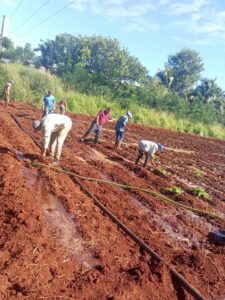Las Salinas de Brito: A Natural Paradise.
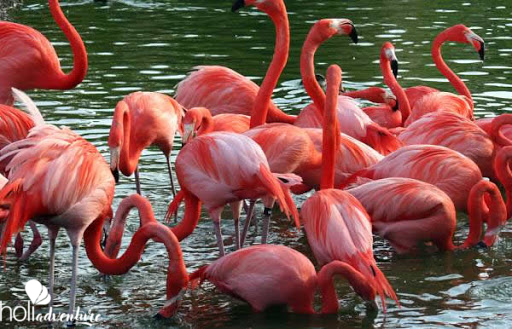
Protecting this space is essential to maintaining the ecological balance of the Zapata Swamp and ensuring it remains a prime birdwatching destination and a symbol of Cuba’s natural heritage.
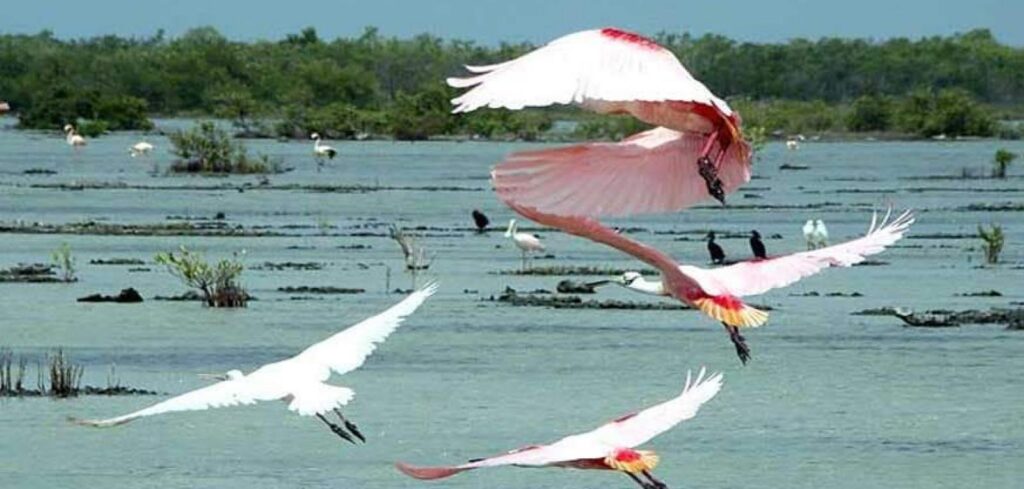
The Salinas de Brito, located in the largest wetland in the Caribbean, is a natural treasure that often goes unnoticed by those unaware of its ecological importance and beauty. This vast ecosystem, spanning approximately 40,000 hectares of the Ciénaga de Zapata National Park, appears to be a seemingly inhospitable environment.
However, it is a vital refuge for a rich biodiversity and one of the most attractive birdwatching destinations in Cuba. The marsh system that characterizes the Salinas de Brito provides an essential refuge for more than 65 migratory species that arrive each year during the winter season.
This migratory phenomenon transforms the landscape and attracts ornithologists and bird lovers from around the world, who seek to observe the different varieties found in this unique habitat. Among the species that inhabit and visit the Salinas are the white-backed dove, the Cuban peacock, and the tocororo, Cuba’s national bird. You can also spot the Florida duck, the gray pelican, and the kingfisher, among others.
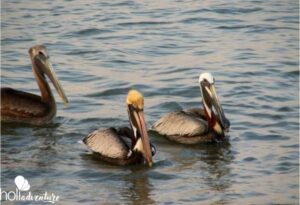
The bird diversity is astonishing, and each visit can offer new surprises to observers.
In addition, this area is home to a variety of herons and rare species such as the batista hawk and the wood stork. Although flocks of cranes are rare in this region, their presence is a testament to the richness of the ecosystem.
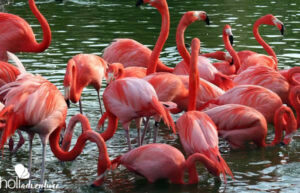
However, the true emblem of this site is the pink flamingo, a protected species whose population is estimated at around 10,000 individuals. These elegant birds move gracefully in their habitat, displaying remarkable curiosity toward the humans who observe them.
This ecosystem is not only crucial for the conservation of numerous avian species, it also plays a vital role in climate regulation and flood protection. Preserving this natural environment ensures that future generations can enjoy its beauty and biodiversity.
Protecting this space is essential to maintaining the ecological balance of the Ciénaga de Zapata and ensuring that it remains a prime birdwatching destination and a symbol of Cuba’s natural heritage.
Photos taken from the internet
Written by Noelis Santoyo Cobas.


